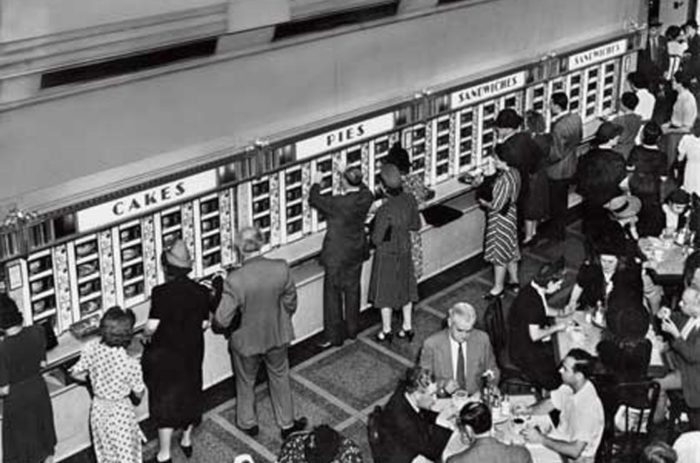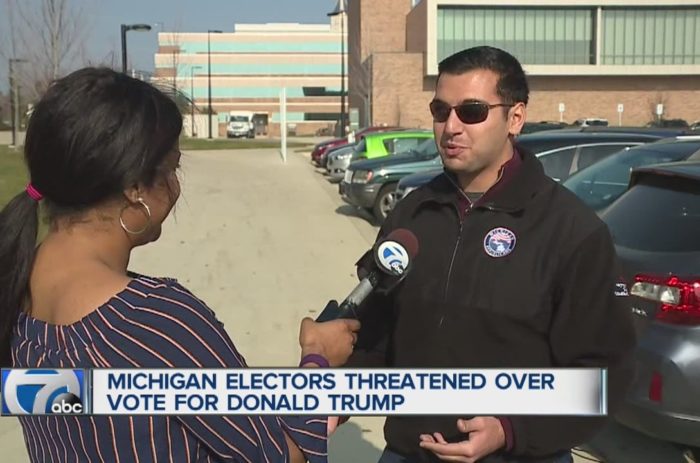The following is an excerpt from OpinionJournal.com’s “Best of the Web” written by the editor, James Taranto.
 Help Wanted
Help Wanted
“FBI Seeks Illiterate, anti-‘Morman’ Bigot Vandal in Idaho”–headline, Salt Lake Tribune, Feb. 26
News of the Tautological
- “Study Links Temperature to a Peruvian Glacier’s Growth and Retreat”–headline, New York Times, Feb. 26
- “Pregnant Lady Gives Birth on 68th Street Crosswalk”–headline, Gothamist.com, Feb. 25
- “Yamaha Recalls Off-Road Motorcycles Due to Crash Hazard”–headline, Consumer Product Safety Commissionpress release, Feb. 26
Our Overregulated Government
Remember when Obama said “the private sector is doing fine”? It was at a June 2012 news conference, and here’s the context:
The truth of the matter is that, as I said, we’ve created 4.3 million jobs over the last 27 months, over 800,000 just this year alone. The private sector is doing fine. Where we’re seeing weaknesses in our economy have to do with state and local government–oftentimes, cuts initiated by governors or mayors who are not getting the kind of help that they have in the past from the federal government and who don’t have the same kind of flexibility as the federal government in dealing with fewer revenues coming in.
Last week the New York Times reported on an example of unhelpful behavior from Washington: “Cities, counties, public schools and community colleges around the country have limited or reduced the work hours of part-time employees to avoid having to provide them with health insurance under the Affordable Care Act.”
That’s right, ObamaCare’s employer mandate applies to the public as well as the private sector, and although it’s been delayed until next year, “many public employers have already adopted policies, laws or regulations” to avoid its costliest effects, the Times reports.
That means making sure part-time workers don’t reach 30 hours a week, the threshold at which the mandate kicks in: “Among those whose hours have been restricted in recent months are police dispatchers, prison guards, substitute teachers, bus drivers, athletic coaches, school custodians, cafeteria workers and part-time professors.”
Local officials from across the country describe the dilemmas ObamaCare has forced upon them. “Are we supposed to lay off full-time teachers so that we can provide insurance coverage to part-time employees?” asks Mark Benigni, schools superintendent of Meriden, Conn. “If I had to cut five reading teachers to pay for benefits for substitute teachers, I’m not sure that would be best for our students.”
In suburban Cleveland, Mayor Dennis Hanwell of Medina (population 26,678), tells the paper his city had to reduce the hours–and thus the pay–of office clerks, sanitation men, park inspectors and police dispatchers to 29 hours from 35. “Our choice was to cut the hours or give them health care, and we could not afford the latter,” the mayor says.
The Times reports the American Federation of Teachers website has a list of “three dozen public colleges and universities in 15 states” that have restricted working hours of adjunct or part-time faculty members. By our count it’s 34 institutions in 17 states, but in any case the list isn’t comprehensive. The introductory text asks for more information: “Do you know of employers cutting faculty workloads and blaming ACA? We want to hear from you!”
The Times heard from William Lipkin, an adjunct professor of history and political science at Union County College in Cranford, N.J. (which is not yet on the AFT list). “The Affordable Care Act, rather than making health care affordable for adjunct faculty members, is making it more unaffordable,” Lipkin complains. “Colleges are not giving us access to health care, and our hours are being cut, which means our income is being cut. We are losing on both ends.”
Lipkin has a better understanding of how incentives work than the union does. “Federal regulators should not allow the law to be used as a cover for bad employer behavior,” the AFT declares elsewhere on its website. “The law should not be used improperly to reduce faculty workload, and Treasury should clarify that this was not the intent of the law or regulations.”
Of course that gets it backward: The law isn’t being “used” to “reduce faculty workload”; rather, reductions in faculty workload are being used to avoid the most burdensome aspects of the law. It’s true enough that wasn’t ObamaCare’s intent. That’s why they call them unintended consequences.
The Herald-Review of Decatur, Ill., reports from Springfield, the state capital, on another prospective unintended consequence: “Raising the minimum wage could cost Illinois’ cash-strapped universities millions of dollars in added wages for their student workforce.”
Southern Illinois University estimates that a minimum-wage hike would cost it $3.2 million a year; Illinois State University, $1.6 million; and Eastern Illinois University, $940,000–“at a time,” the paper notes, “when the General Assembly may be considering further cuts in aid to higher education.” Officials at both Illinois State and Eastern Illinois say the wage hike would force them to reduce the number of student workers, depriving those students of both work experience and income.
And of course Obama is pushing for a similar increase in the federal minimum wage–which would spread the hardship nationwide without diffusing it.
State senator Jason Barickman, a Republican whose district includes Illinois State, “said university concerns mirror those in the private sector,” the Herald-Review reports. “One of the concerns of a minimum wage hike is the effect it can have on all types of businesses,” the senator tells the paper.
But in one respect public-sector employers have even less flexibility than private-sector ones in the face of costly labor regulations. As Daniel Tanoos, schools superintendent for Vigo County, Ind. (Terre Haute), tells the Times: “The school system has no way to increase prices as a private business can.”
For more “Best of the Web” click here and look for the “Best of the Web Today” link in the middle column below “Today’s Columnists.”



